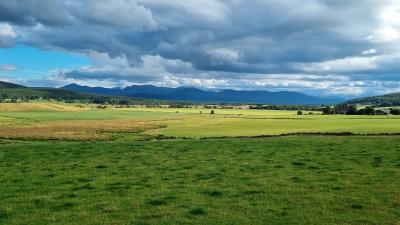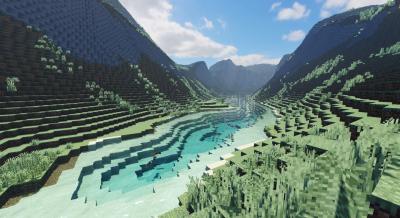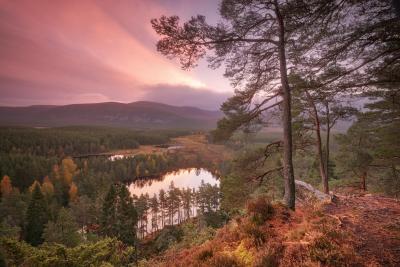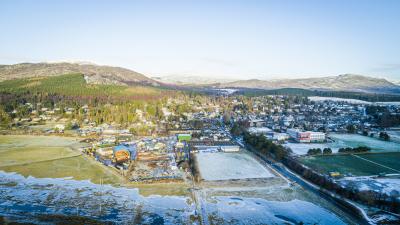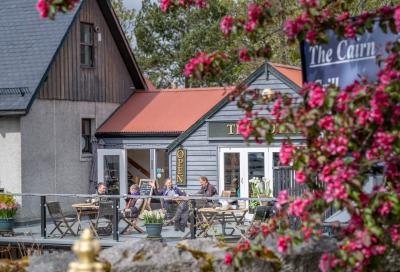Special Landscape Qualities
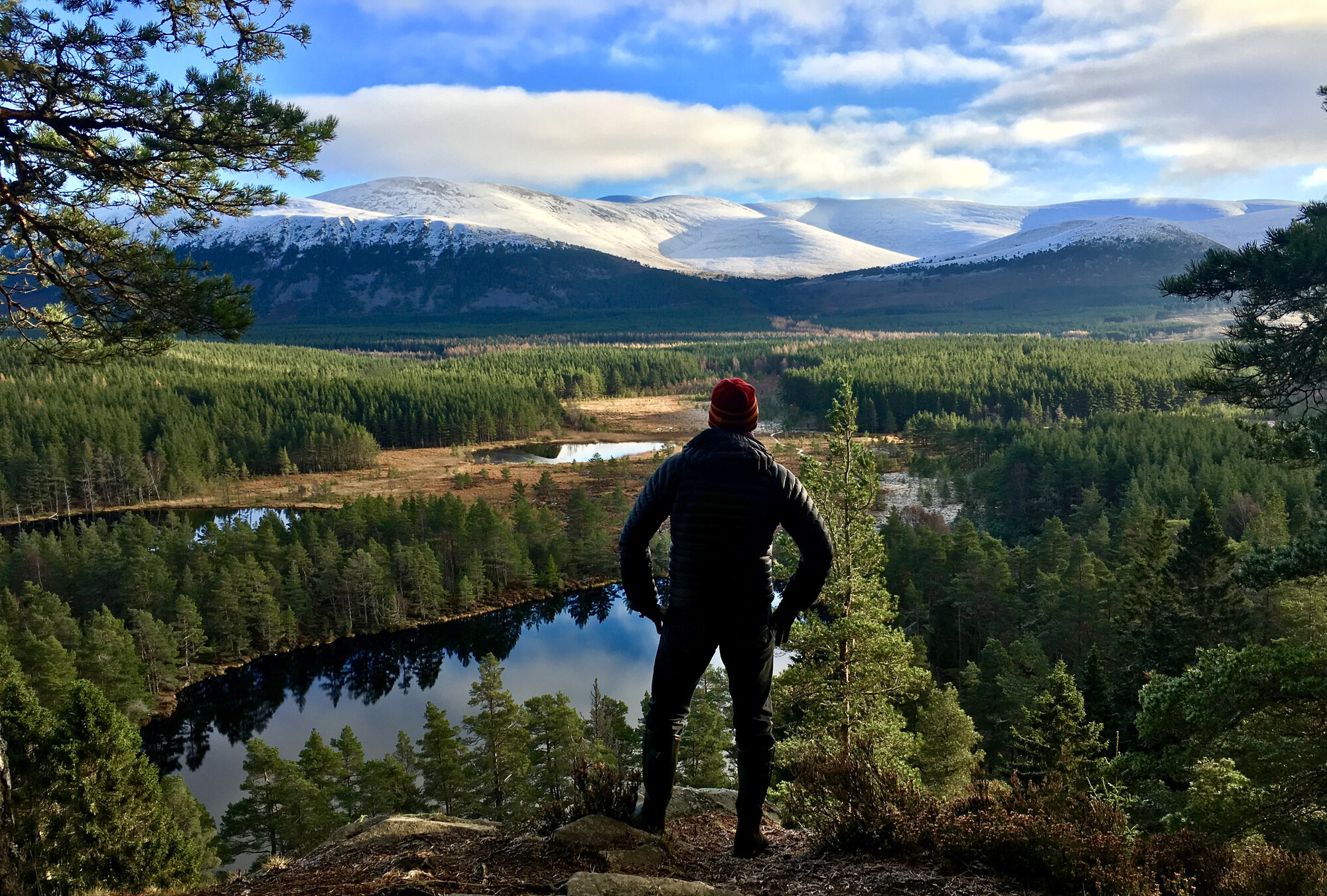
The Special Landscape Qualities of the Cairngorms National Park reflect its distinct landscape character, views and wildness, and how these are experienced by people. They affect communities’ sense of place and identity, influence wellbeing, and are important for the economy.
The Special Landscape Qualities of the Cairngorms National Park were originally identified by NatureScot in 2010 as part of a national programme of assessing all National Scenic Areas and National Parks in Scotland. This identified 42 Special Landscape Qualities in the Cairngorms National Park, grouped into nine categories:
- General
- The mountains and plateau
- Moorlands
- Glens and straths
- Trees, woods and forests
- Wildlife and nature
- Visual and sensory
- Culture and history
- Recreation
Where a proposed development or land use change may have significant effects on these Special Landscape Qualities, an assessment should be carried out. Guidance on how to carry out this assessment has been prepared jointly by the Cairngorms National Park Authority, Loch Lomond and the Trossachs National Park Authority and NatureScot.
The acceptability of proposed changes to Special Landscape Qualities are judged against policies such as in the Cairngorms National Park Partnership Plan and the Local Development Plan, which require proposals to 'conserve and enhance the Special Landscape Qualities of the National Park'.
Landscapes continue to change over time, partly to address the needs of communities, and as a result of the nature and climate crisis. There are, however, always different options for change. To help choose which option would be best - and to reflect community preferences and values of the Special Landscape Qualities - we are carrying out a project as part of the Cairngorms 2030 programme, supported by The National Lottery Heritage Fund.
Get in touch
If you or your group are interested in contributing to our work on Special Landscape Qualities, or would like more information, please email us at [email protected]
-
Date
On going
-
Location
Park-wide
-
Partnership plan objectives
-
Partners
Specialist landscape work
Assessing and advising on Special Landscape Qualities forms one part of our specialist landscape work in the Cairngorms National Park. Special Landscape Qualities reflect how other aspects such as Landscape character, views and wild land and wildness combine and are experienced.





